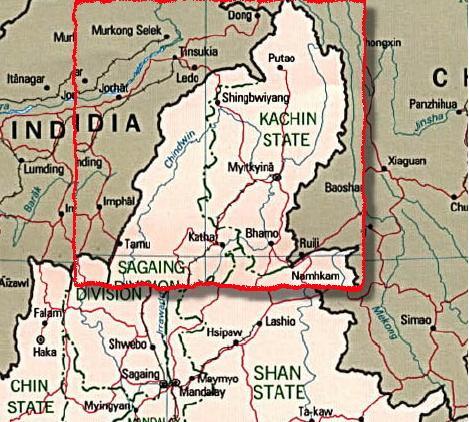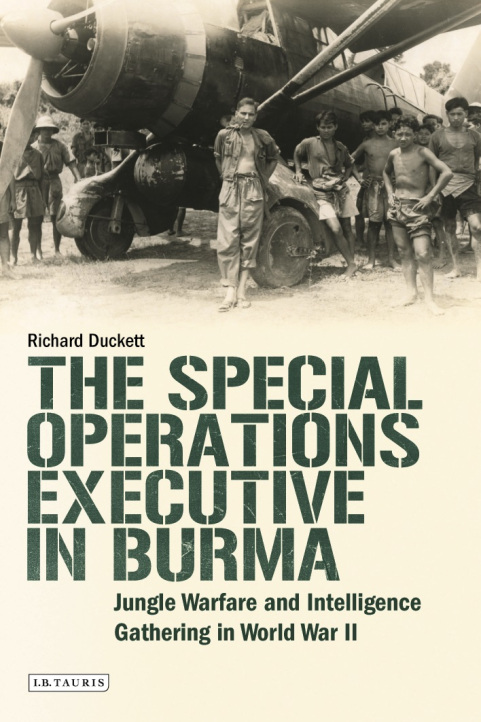If you like what you see on my website consider clicking HERE for a donation to website costs, or buying my book HERE

One of Burma Country Section’s (BCS) earliest missions was to the Kachin people in northern Burma. It was originally codenamed Tendon, but was operational as Dilwyn. This operation was launched in February 1943 and continued until after the formal cessation of hostilities in August 1945. Dilwyn is a notable SOE / Force 136 Burma operation not just for its longevity, but also because it assisted the Chindits. It was also the scene of intense friction between the British and their American Allies in terms of who was to have preponderance in Kachin territory.
The SOE Burma files continue to give, and this time a single document concerned with Dilwyn gives a rare glimpse into counter-espionage and associated ‘skulduggery’ that might be expected of intelligence operations – in this case, a faked kidnapping.
On 23 February 1943, Captain Kumje Tawng parachuted into Burma with three other Kachin personnel. He was tasked with setting up an intelligence network in the hills, and to transmit this intelligence to India by W/T. Contact was made with Hkum Nawng, who was at that time working as Assistant Superintendent of the Kachin Hills under the Japanese administration. Hkum Nawng might have been working for the Japanese, but that was not where his allegiances lay, so he was easily persuaded to work for SOE. Hkum Nawng was now a valuable asset, and high level intelligence began to be transmitted back to Calcutta.
Not all Kachin remained loyal to the British, however, and many worked for the Japanese. Japanese counter-intelligence operations using Kachin agents managed to uncover Hkum Nawng’s duplicity, and the entire Dilwyn set up was in jeopardy in May 1944.
Captain Zau June, another Kachin officer behind the lines in the Sinlumkaba area, was alerted by BCS to the danger that Dilwyn now faced and was advised to leave the area. This is not what he did though:
‘Obviously the only means of averting a disaster was to liquidate all persons under Jap pay who knew enough our game before it was too late. Prompt and swift action was then taken on the advise of base H.Q., but one of the unwanted crowd managed to get away with a wound. This put the lives of HKUM NAWNG, other agents and their families in an extreme danger of being hunted down by the Japs. To put matters into hand a Chinese guerrilla band was then contacted through the second person and detailed to kidnap KHUN NAWNG [sic] and his staff. In the execution of this job they (Chinese) were allowed to commit looting to a small extent with due regard being paid to the lives of the innocent. This was solely and simply to divert Jap suspicion on to them (Chinese band). They managed to pull it off at the cost of two innocent men and properties amounting to quite a big sum.’
The kidnap of Hkum Nawng took place on 2 June 1944. Shortly afterwards, partly due to friction with the Americans OSS, most of the Dilwyn personnel were flown out to India. After training, these personnel were returned to the Kachin Hills in December 1944 and early January 1945, by parachute, in a renewed Dilwynoperation. Among them was Captain Hkum Nawng, who was in charge of a group codenamed Squirrel. He went on to win the Military Cross, and was described as a ‘[t]horoughly competent officer in every way and an excellent leader of men.’
After the war, in October and November 1945, those affected by the action of the Chinese guerrillas put in a claim for compensation. One of the men killed was called Zau Yaw of Hkangtung. His life was worth Rps.300.
If you like what you see on my website consider buying my book HERE

Like what you see?
Consider a small donation to keep the website going?
£1.00

Leave a comment